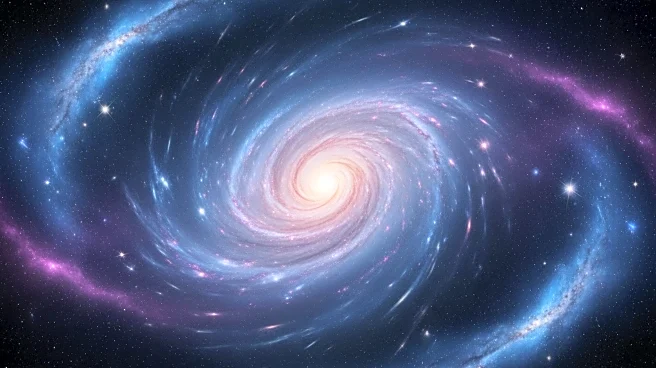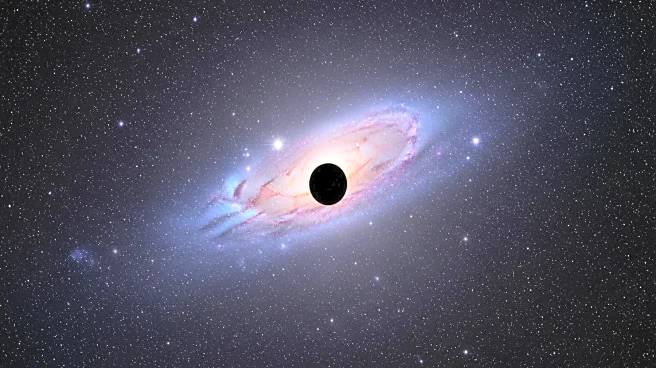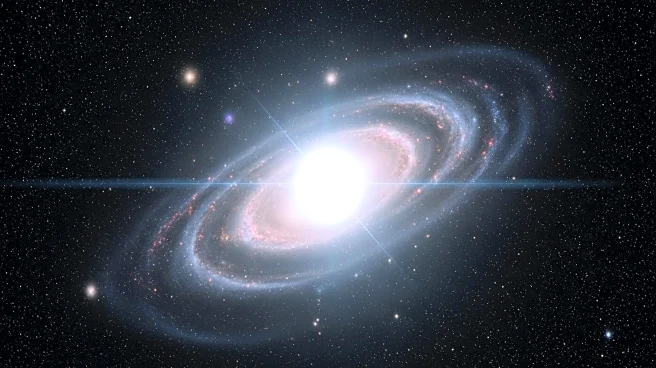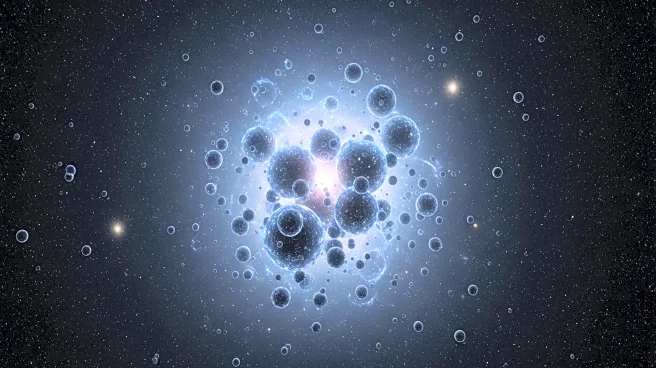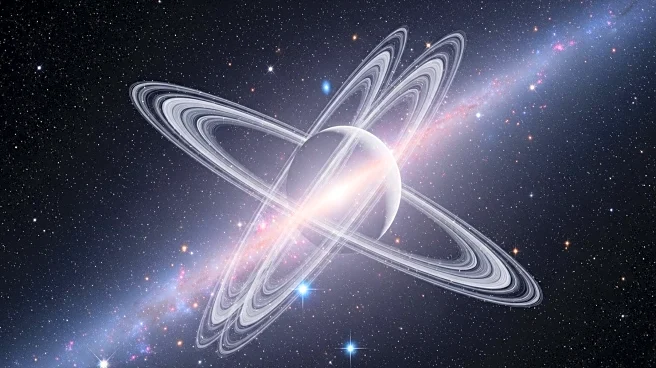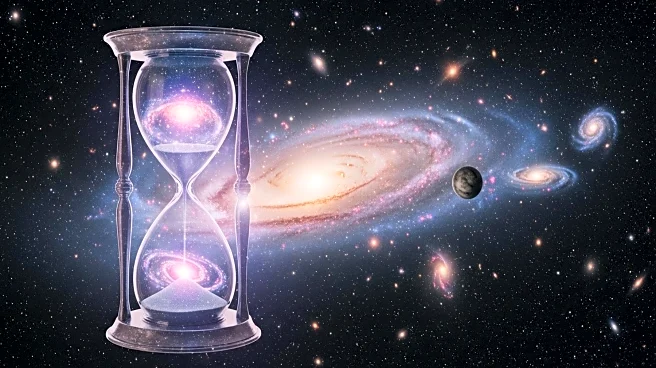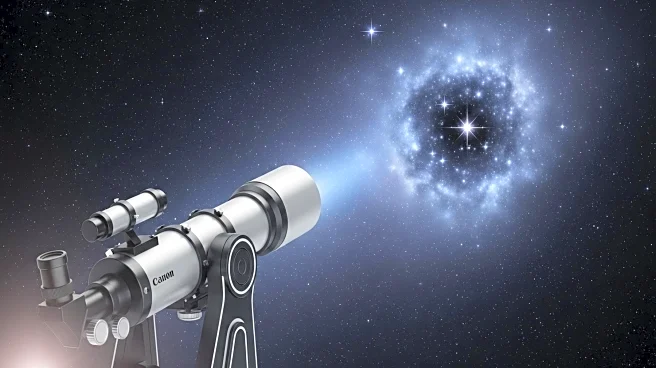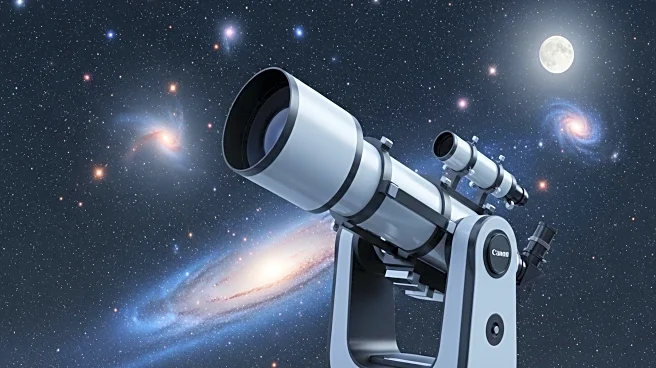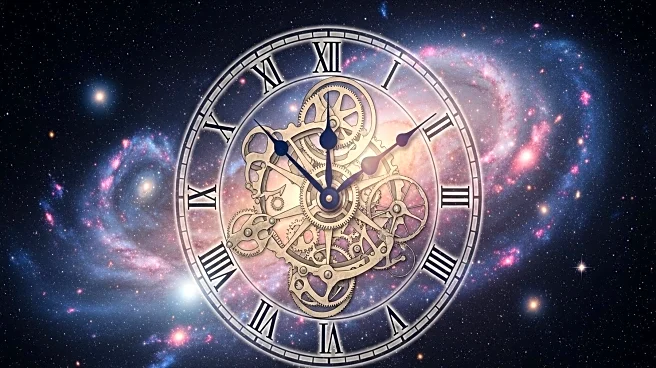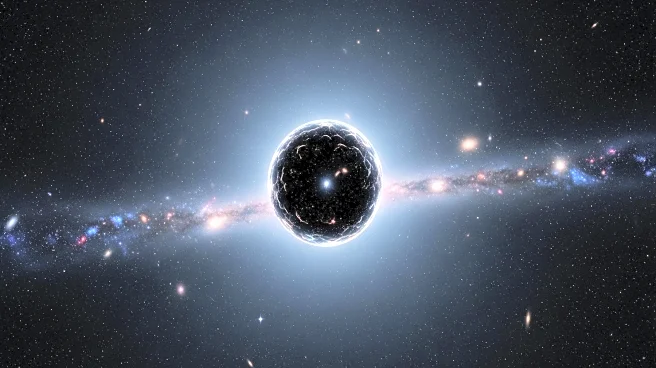What's Happening?
A team of researchers has proposed a new model for the Big Bang Theory that suggests gravitational waves may hold the key to understanding the universe's origins. The model, published in the American Physical Society's Physical Review Journal, aims to explain the universe's expansion without relying on a mysterious inflation particle. The researchers propose that tiny ripples in space-time, known as gravitational waves, naturally produced the fluctuations that led to the formation of galaxies and stars. This model offers a seamless transition from rapid expansion to the radiation-filled cosmos observed today.
Why It's Important?
The new model challenges the traditional understanding of cosmic inflation and offers a simpler explanation for the universe's origins. By focusing on gravitational waves, the model eliminates the need for hypothetical particles, providing a more elegant and testable framework. If confirmed by future observations, this model could revolutionize the field of cosmology and enhance our understanding of the Big Bang Theory. The research highlights the importance of integrating quantum physics into cosmological models, potentially leading to new insights into the universe's behavior.
Beyond the Headlines
The proposed model emphasizes the role of gravitational waves in shaping the universe's structure, offering a fresh perspective on cosmic evolution. The research underscores the potential for gravitational waves to provide insights into the early universe, which could have implications for understanding fundamental physics. The model's simplicity and lack of free parameters make it a promising candidate for further testing and validation, potentially influencing future cosmological theories and experiments.
